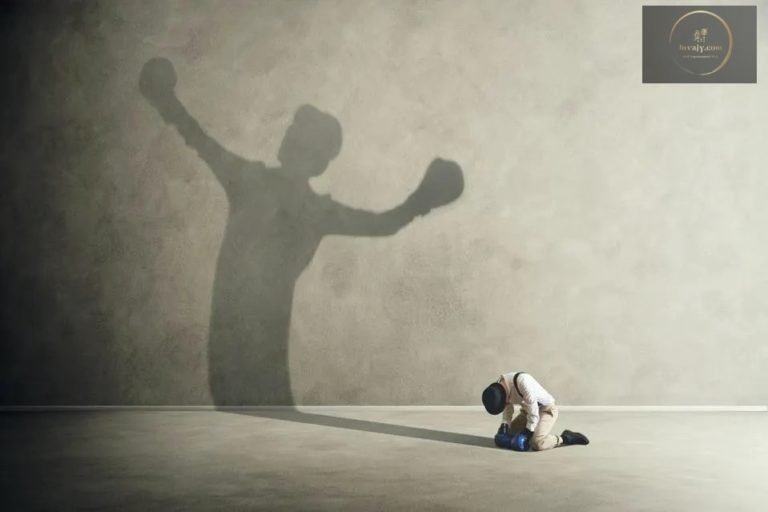Decluttering 101: How To Start With Your Everyday Items
One’s everyday surroundings can quickly become cluttered with items that no longer serve you or bring you joy. Amidst the chaos of daily life, the accumulation of unnecessary objects is often overlooked until it manifests as stress-inducing clutter.
But before embarking on this transformative journey, it’s important to understand that decluttering isn’t about stripping your life bare or pursuing a minimalist lifestyle (unless, of course, that’s your goal). Rather, it’s about mindful evaluation and organization of your belongings and everyday essentials like wallet, keychains, and portable chargers, to name a few, to create a space that reflects your personality, supports your lifestyle, and promotes a sense of tranquility and productivity.
This process often necessitates tough decisions, but the benefits are far-reaching, extending beyond the physical to mental, emotional, and even financial wellness. To help you navigate this daunting task, this guide provides practical steps to take control of your environment and belongings.
Allocate Decluttering Time Every Day Of Your ‘Decluttering Week’
Decluttering doesn’t necessarily mean spending hours each day grappling with clutter. Instead, consider setting aside 15 to 30 minutes or even an hour if your schedule allows. The idea here is to create a habit, a rhythm that integrates decluttering into your daily routine, like brushing your teeth or making your bed. This sustained effort can help you make a significant dent in your clutter over time.

As you progress through the week, you’ll gain momentum and may feel inspired to tackle bigger decluttering tasks. Remember, the goal isn’t to rush through and try to declutter everything simultaneously but to make steady, consistent progress.
Aim To Fill A Trash Bag Each Day For A Week
The ‘Trash Bag Technique’ concept is straightforward: aim to fill a trash bag with clutter each day for a week. While seemingly basic, this approach can profoundly impact the quantity of clutter you can eliminate and act as a strong visual motivator to keep going through the whole week.
As you go through your everyday items, whether a card holder collection, seasonal clothes, shoes, bags, or accessories, be firm with your decisions. If an item has been lying unused for months, or it’s something you’ve kept ‘just in case,’ it’s a good candidate for the trash bag.
By the end of the week, you’ll not only have seven bags worth of space freed up in your home, but you’ll also gain a clear sense of the amount of clutter you’ve accumulated. This awareness is crucial as it helps you make more mindful decisions about what you bring into your life in the future. Remember, decluttering is not a one-time activity but a continual process.
Categorize Your Clutter: Keep, Sell, Donate, Throw Away
As part of your decluttering journey, consider adopting four categories: Keep, Sell, Donate, and Throw Away.
The ‘Keep’ category is for items essential to you because they’re useful, hold sentimental value, or bring you joy. However, be selective about what you choose to keep; remember, decluttering aims to surround yourself with things that serve a purpose.

Next, the ‘Sell’ category. If there are items in good condition but no longer useful, selling them is an excellent option. Websites, apps, and local community sales are all excellent platforms for selling used items.
The ‘Donate’ category is for items that might not fetch much money if sold but are still in decent condition. These items can be donated to local charities, shelters, or community centers.
Finally, the ‘Throw Away’ category is for items beyond repair or no longer useful to anyone. However, remember to dispose of these items responsibly—recycle where you can and ensure that any electronic waste is correctly disposed of.
Practice Not Buying Even More Stuff You Don’t Need
Once you’ve begun decluttering and seeing the fruits of your labor, sustaining your newly decluttered environment is important. A crucial part of this is practicing mindful purchasing habits. Simply put, resist the urge to buy more stuff you don’t need.
First, before purchasing an item, ask yourself a few key questions. Do I need this? Do I already have something similar? Will I use this regularly, or is it just a passing fancy? Is there a place for it in my home? If the answers to these questions suggest that the item isn’t essential, it’s probably best left unbought.
Second, adopt a one-in, one-out rule. If you bring a new item into your home, aim to remove an old one. This way, you maintain a balance and avoid accumulating unnecessary items. For example, if you buy a new shirt, consider donating or selling an old one you no longer wear.
This process can be easier said than done in today’s consumer-driven society, where the latest gadgets, fashion trends, and sale deals are always at our fingertips. However, mastering this discipline can be the key to maintaining a clutter-free life.
Make Decluttering A Seasonal Project
Committing to a deep declutter four times a year—spring, summer, fall, and winter—can keep your spaces fresh, functional, and under control. This is especially true since each season offers distinct opportunities for decluttering and organizing your home.
For example, spring cleaning is a long-held tradition that aligns with the rebirth and renewal themes of the season. It’s the perfect time to declutter winter gear, spruce your outdoor spaces, and freshen up your home.
In summer, you can prepare your home for a change of pace by decluttering school items and toys as children transition into a new grade or prepare for college, creating space for new adventures and activities.
As fall approaches, you can take advantage of the cooler weather to declutter your closet, pack away summer clothes, and prepare for the colder weather with a neatly organized wardrobe.
Finally, winter can be an excellent time to focus on creating cozy and welcoming spaces in your home. You can use this time to declutter, organize, and plan for a successful new year.
Final Thoughts
As you strive to apply the suggestions above, the most important point to note is that decluttering is a personal process. There’s no one-size-fits-all approach. Each step may seem small and inconsequential, but collectively they help create an environment that uplifts and invigorates rather than drains and overwhelms.
It’s okay to move at your own pace; the key is consistency. In the end, decluttering is more than just about tidying up your physical space. It’s about gaining control of your environment and, consequently, your life.







